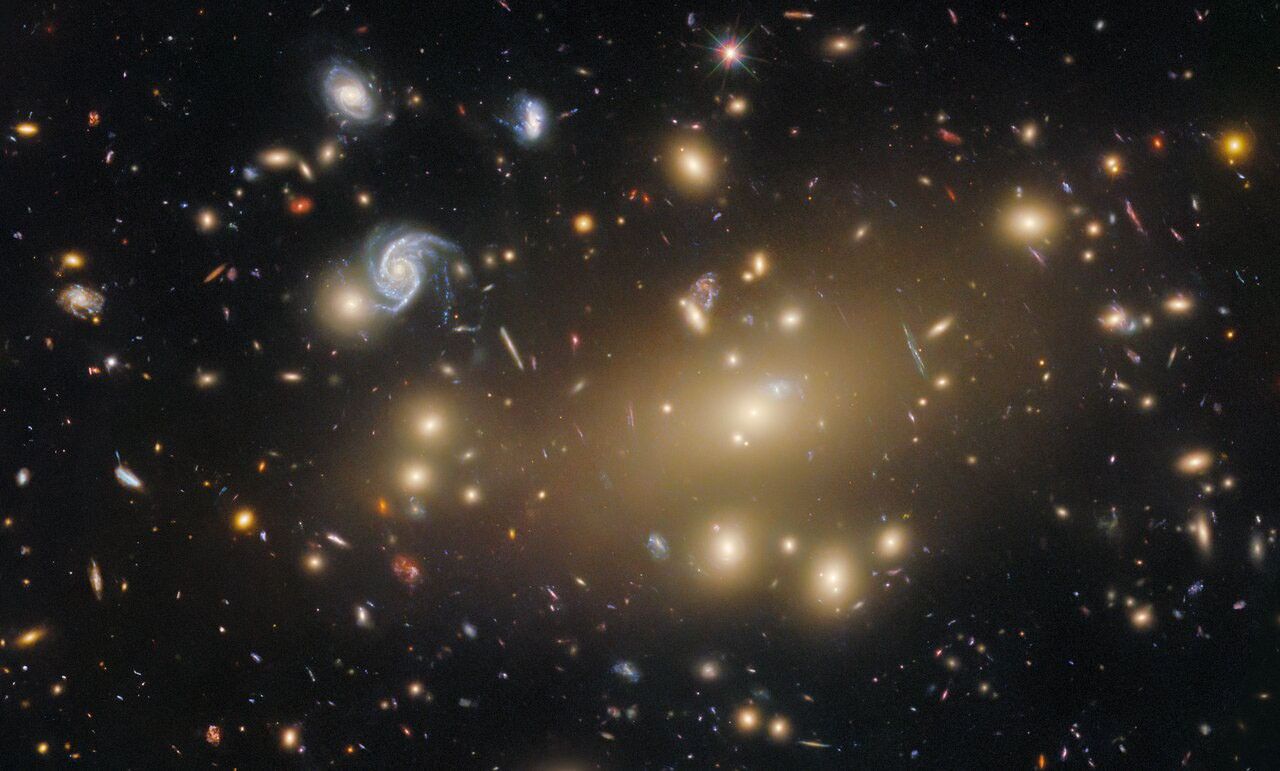Did you know that many of the galaxies, nebulas and star clusters observed by the Hubble Space Telescope can also be seen in backyard telescopes?
A new gallery of Hubble images highlights some of these celestial objects visible to amateur and professional astronomers alike. All of the objects are from a collection known as the Caldwell catalog, assembled by English amateur astronomer and science communicator Sir Patrick Caldwell-Moore and published in December 1995 by Sky & Telescope magazine. It complements the popular Messier catalog, which includes only objects visible from the Northern Hemisphere. The Caldwell catalog includes 109 interesting objects visible in amateur-sized telescopes in both the northern and southern skies that are not included in the Messier catalog.
Hubble’s Caldwell gallery currently contains 56 objects from the catalog and includes 12 newly processed images never before released by NASA. The images were extracted from more than 1.4 million observations that reside in Hubble’s data archive. Some of these images are the first or only ones captured by Hubble of these objects, while some are updated, higher-resolution views using the telescope’s newer cameras.
While Hubble has not imaged all 109 objects in the Caldwell catalog, it has observed 95 of them as of late 2019. The remaining Caldwell objects have yet to earn enough scientific interest to warrant Hubble’s time, which is in extremely high demand, but some might be targeted in the future. Many Caldwell objects also appear so large in the sky that they do not fit in Hubble’s field of view (which examines tiny portions of the sky at high resolution). So while some of Hubble’s photographs capture a given object in its entirety, most images focus on smaller, more specific areas of interest.
This new gallery will be updated as more of Hubble’s images are processed. For each Caldwell member already in Hubble’s collection, a basic star chart shows observers when and where they can find that object in the night sky. All of the Caldwell objects can be seen with amateur telescopes, but some can also be spotted in binoculars or even with the unaided eye. Anyone can go outside under a clear, dark sky, look up, and gaze at some of the same celestial gems with their own eyes that Hubble has so beautifully captured in its images.
Hubble’s Caldwell catalog can be found online at https://science.nasa.gov/mission/hubble/science/explore-the-night-sky/hubble-caldwell-catalog/ and on Flickr at https://www.flickr.com/photos/nasahubble/albums/72157711794133741.
By Vanessa Thomas
NASA’s Goddard Space Flight Center, Greenbelt, Md.




































